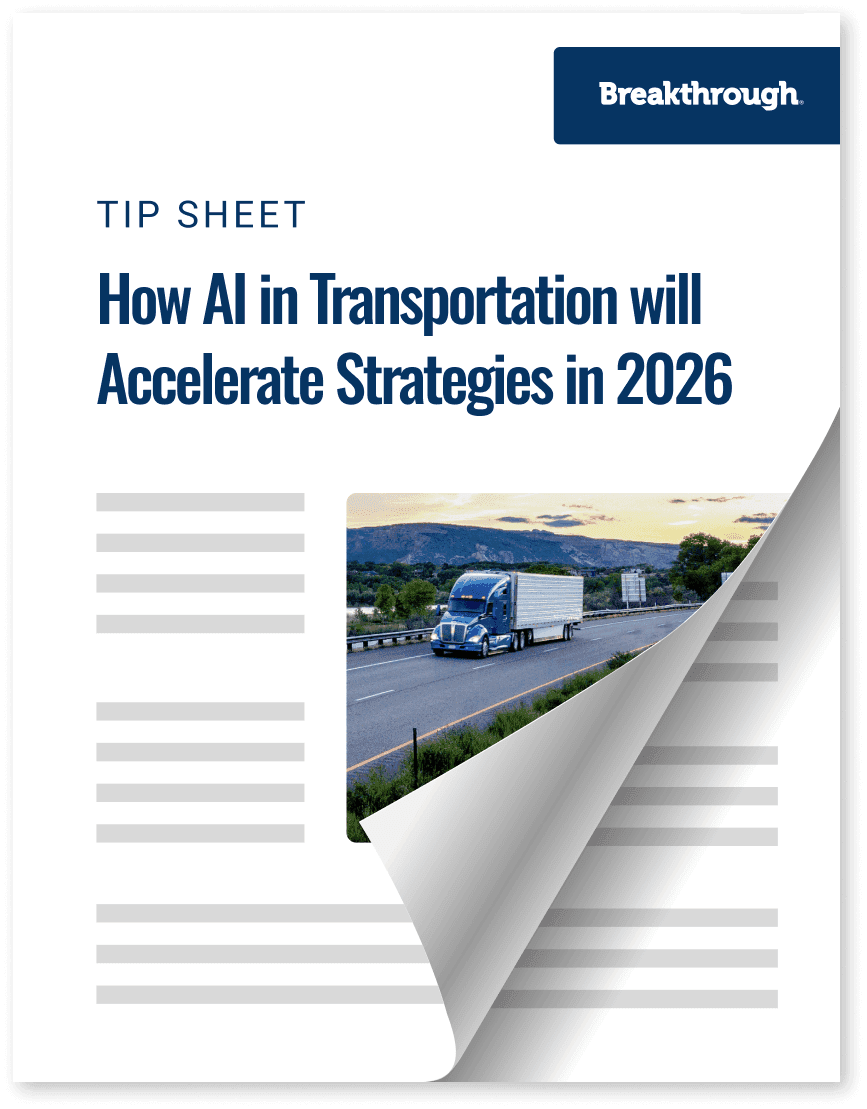How AI in Transportation will Accelerate Strategies in 2026

Trending
Top Posts
4 min read
September 9, 2019

Share:
Table of contents
Browse the table of contents to jump straight to the part you’re looking for
The changing landscape of the maritime shipping industry highlighted the distortions and inefficiencies in shippers’ existing marine fuel practices. One major emerging challenge is the long-standing inconsistency in BAF practices.
To achieve visibility and control over marine fuel spend, shippers need to consider how distortions associated with traditional BAF programs may impact their ocean shipping strategy.
Fuel cost varies based on trade lane, vessel type, speed, capacity, and the underlying price of fuel. But shippers often don’t have visibility into how these factors influence their fuel cost. Additionally, there is little line of sight into how technology and fuel efficiency improvements manifest in what shippers and carriers incur in fuel costs.
All of this makes for a passively managed line item in shippers’ budgets.
In addition to regulatory changes, BAF programs often fail to articulate how geography, vessel type, and fuel consumption on trade lanes may impact costs. In some cases, the same trade lanes with similar levels of service can have drastically different BAF prices.

Carrier BAFs produce a wide range of fuel estimates across common trade lanes. These fuel cost estimates are produced despite carriers having relatively similar fuel consumption factors on lanes (such as vessel size, speed, and capacity)
For example, the fuel cost of moving a twenty-foot equivalent unit (TEU) from Shanghai to LA/Long Beach varies across carriers by a factor of 4 (as shown above).
The fuel costs shown reflect the cost of moving a single TEU with an average fuel price of $500/mt. The fuel costs were calculated using publicly available BAFs from these respective carriers.
No two carriers set prices the same way. Without a mechanism to align these price calculations, shippers often are left in the dark about the irregularity of BAF prices among different carriers.
Common BAF mechanisms fail to adapt to market dynamics to accurately reflect the cost of fuel that shippers and carriers are exposed to. Everything from a changing regulatory environment, to diversifying fuel portfolios, to advancements in technology will continue to influence marine transport. Despite recent efforts by the shipping community to refresh BAF programs, gaps still exist. For example, some updated BAF programs fail to incorporate fuel consumed within emission control areas (ECA) into the calculation. The fuel consumed within ECAs is accounted for with a separate surcharge, which complicates fuel cost management.

Global maritime fuel markets are becoming more complex. Whether vessels are powered by high-sulfur fuel oil (IFO 380), the newly-created very-low-sulfur fuel oil (VLSFO), or low-sulfur marine gas oil (LSMGO) there are cost implications for shippers (all prices shown relative to Brent crude oil in the chart above)
These fuel prices will remain particularly volatile through the fuel market transition. Expect to see HSFO discounts to crude oil grow, sending HSFO to lower prices through the coming quarters. Meanwhile, low-sulfur fuel (LSMGO and VLSFO) premiums to crude oil will likely grow, sending low-sulfur fuel to higher prices.
This is only one example of how conventional BAFs fail to encompass all fuel cost components, and supports the need for a more agile and comprehensive marine fuel management program.
To capture accurate marine transport fuel costs, shippers and carriers need to establish a transparent baseline that aligns with the consumption and cost of fuel needed to move a unit of shipper’s cargo from origin to destination. As part of this process, both specific trade lane characteristics and shipper’s network profile can be accounted for to create an accurate and fair fuel reimbursement mechanism that adjusts to market realities and fluctuates with changes in bunker prices.
Regardless of how the industry evolves, fuel will continue to be a volatile cost component for shippers and carriers alike. To minimize the

8 min read
December 23, 2025
Navigate fuel surcharge rates with our expert guide. Discover how to calculate fair reimbursements and overcome the limits of traditional fuel surcharge models.
Read more
5 min read
December 16, 2025
Explore the draft V2.0 SBTi corporate net-zero standard. Learn about new guidance on biofuels, EACs, and scope 1 and 3 emissions to reach net-zero by 2050.
Read more
8 min read
December 10, 2025
Learn how DOE fuel surcharges work, their limitations, and how market-based fuel reimbursement strategies improve cost accuracy in freight.
Read more